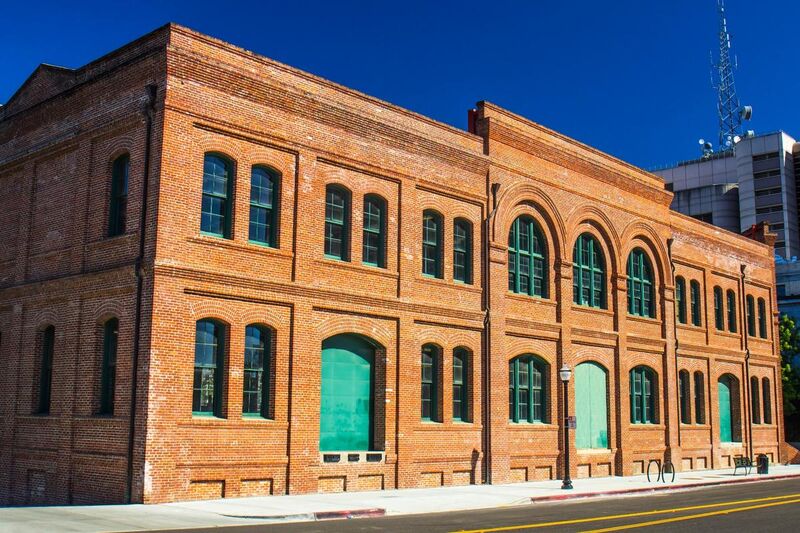
The misconception behind historic properties is that very old buildings are historic by nature and therefore immune from accessibility compliance requirements of the ADA. Certain historic exceptions do exist for qualified buildings, but the facility must:
- Be eligible for listing in the National Register of Historic Places under the National Historic Preservation Act or designated as historic under State or local law, and
- The State Historic Preservation Officer must be the one who signs-off on excepting an alteration that may impact the historic significance of an element.
A covered entity is not in a position to determine if their own facilities qualify for a historic exception. An exception is also not to be interpreted as an exemption.
- Alterations to historic properties shall comply with the provisions applicable to historic properties in the design standards to the maximum extent feasible.
- If it is not feasible to provide physical access to an historic property in a manner that will not threaten or destroy the historic significance of the building or facility, alternative methods of access should be provided.
Basic Requirements
Basic requirements for access in qualified historic excepted facilities, to the maximum extent feasible:
- One accessible route from a site arrival point to the accessible entrance.
- One public entrance needs to be accessible, or capable of granting a person with a disability access to the structure.
- At least one toilet room for each sex or a unisex restroom should be accessible, where restrooms are provided.
- Stories other than the accessible level may not be required to be accessible.
State Historic Preservation Officers
State Historic Preservation Officers are State appointed officials who carry out certain responsibilities under the National Historic Preservation Act. State Historic Preservation Officers consult with Federal and State agencies, local governments, and private entities on providing access and protecting significant elements of qualified historic buildings and facilities.
When an entity believes that compliance with the requirements for any of these elements would threaten or destroy the historic significance of the building or facility, the entity should consult with the State Historic Preservation Officer. If the State Historic Preservation Officer agrees that compliance with the requirements for a specific element would threaten or destroy the historic significance of the building or facility, the use of the exception is permitted. Title II entities have an additional obligation to achieve program accessibility under the Department of Justice ADA regulations. These regulations require public entities that operate historic preservation programs to give priority to methods that provide physical access to individuals with disabilities.
If compliance with the requirements for a specific element would threaten or destroy the historic significance of the building or facility, use of the exception is permitted.
Building Alterations
If alterations to a qualified historic building to achieve program accessibility would threaten or destroy the historic significance of the building or facility, fundamentally alter the program, or result in undue financial or administrative burdens, the Department of Justice ADA regulations allow alternative methods to be used to achieve program accessibility.
In the case of historic preservation programs, such as a historic house museum, alternative methods include using audio-visual materials to depict portions of the house that cannot otherwise be made accessible. In the case of other qualified historic properties, such as a historic government office building, alternative methods include relocating programs and services to accessible locations. The Department of Justice ADA regulations also allows public entities to use alternative methods when altering qualified historic buildings or facilities in the rare situations where the State Historic Preservation Officer determines that it is not feasible to provide physical access using the permitted exceptions without threatening or destroying the historic significance of a facility.
The AccessAbility Office at the National Endowment for the Arts (NEA) provides a variety of resources for museum operators and historic properties. Contact NEA about these and other resources at 202-682-5532 or www.arts.gov.
For further guidance on the subject of a historic exception under the ADA, please contact us either by phone or on our website contact form.